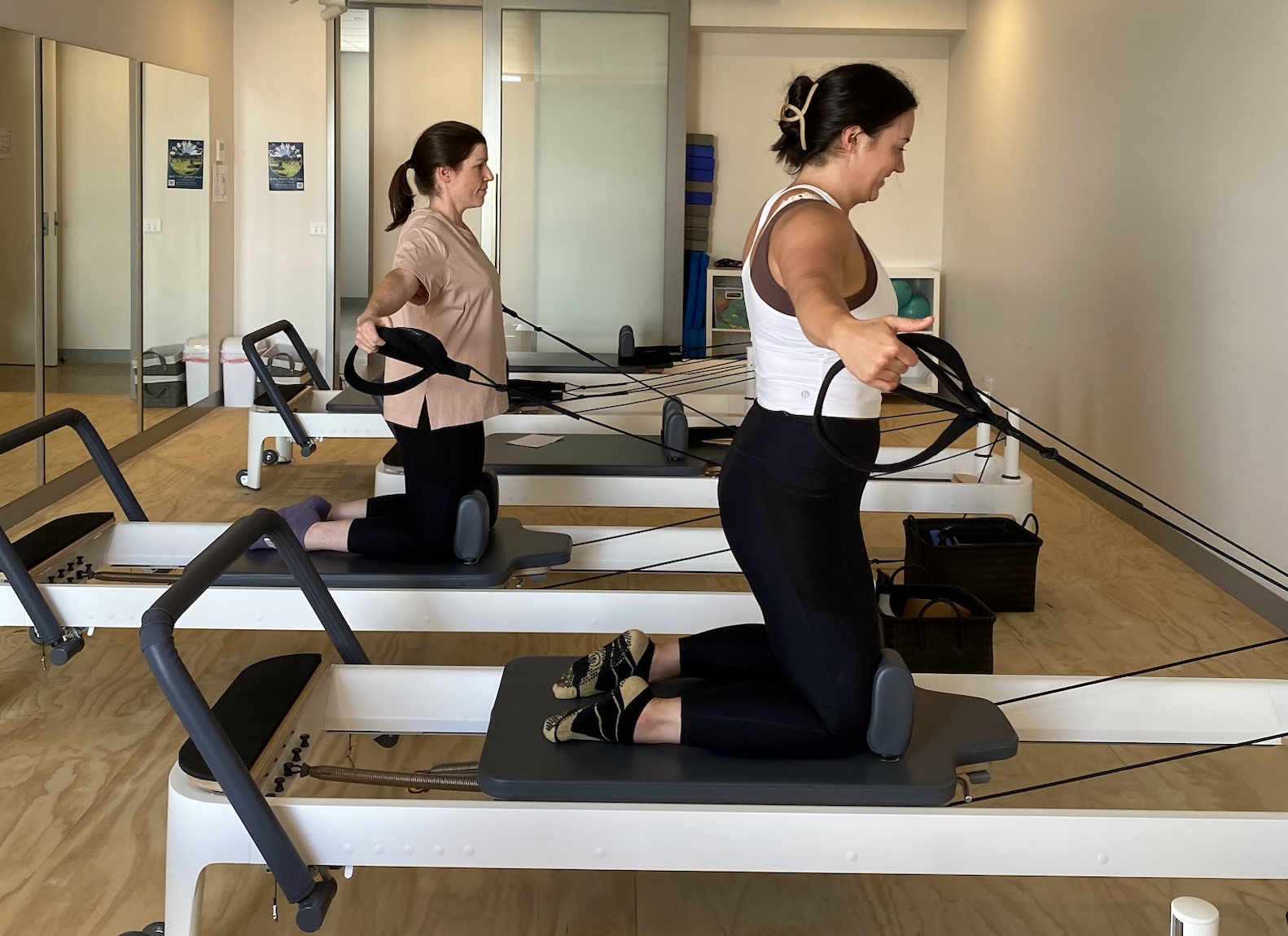Reformer Pilates: Your 5 Burning Questions Answered
If you’ve ever wondered what sets Reformer Pilates apart from traditional Pilates or why it’s become such a popular fitness choice, you’re in the right place. Whether you’re a beginner or a seasoned practitioner, we’ve got answers to common questions and tips to enhance your Reformer Pilates experience. We’ll explore the core principles, benefits, and the mechanics of the reformer machine. Let’s get started on your journey to improved core strength, flexibility, and overall well-being through Reformer Pilates.
1. What is reformer Pilates and how does it differ from traditional Pilates
Reformer Pilates is a type of that incorporates exercises that focus on core strength, flexibility, and body awareness a specially designed machine called a reformer. It uses spring resistance to engage and strengthen various muscle groups.
2. What are the benefits of practicing reformer Pilates?
Reformer Pilates can improve core strength, muscle endurance, flexibility, and balance. It may also help alleviate body aches and pains and improve postural alignment.
3. Can you explain how the reformer machine works and its main components?
The reformer machine consists of a sliding carriage, springs for resistance, straps, and adjustable bars. The sliding carriage allows controlled movements while the springs provide varying levels of resistance. Straps and bars are used for different exercises that target different muscle groups. The machine’s design supports a wide range of motion and can be adjusted to accommodate various body types and fitness levels.
Yes, you may feel awkward on the machine, even after doing 100 classes. Don’t worry everyone is in the same boat. We are not here to judge, we just want you to have fun and move your body.
4. What is the difference between beginner and open classes?
For beginners, we start with foundational exercises like pelvic rocks, leg work and arm work is a slower controlled way. This helps familiarise you with the machine’s mechanics and build strength and mobility.
Gradually incorporating different layering options of exercises and spring options exercises can become more challenging in the open classes.
We advise a minimum of 6 beginner classes before joining the open classes.
5. What should I wear and bring to a reformer Pilates class?
Wear comfortable, form-fitting clothing that allows for ease of movement. Bring a water bottle to stay hydrated, and consider bringing a towel as you may sweat during the session.
We ask all reformer participants to wear GRIPPY PILATES SOCKS as they provide traction on the reformer’s surface. These can be purchased at the studio before your first class if needed.
Remember that while these answers are based on available evidence, individual experiences can vary. If you have any other questions or have any pre existing medical conditions, you can contact our clinic and one of our friendly Osteopaths will help you out.

